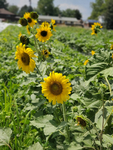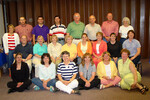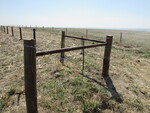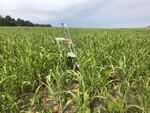Posted date: Mar 3, 2023
Edited
by: Admin My Local Life
1092 Views
retired NRCS District Conservationist
Grazing management is matching available forage to the stocking rate of the animals to be grazing the native range resource. The goal of grazing management is to market a valuable resource at a profit while maintaining and improving the range resource. The stocking rate has a huge impact on animal performance and the available range of forage resources.
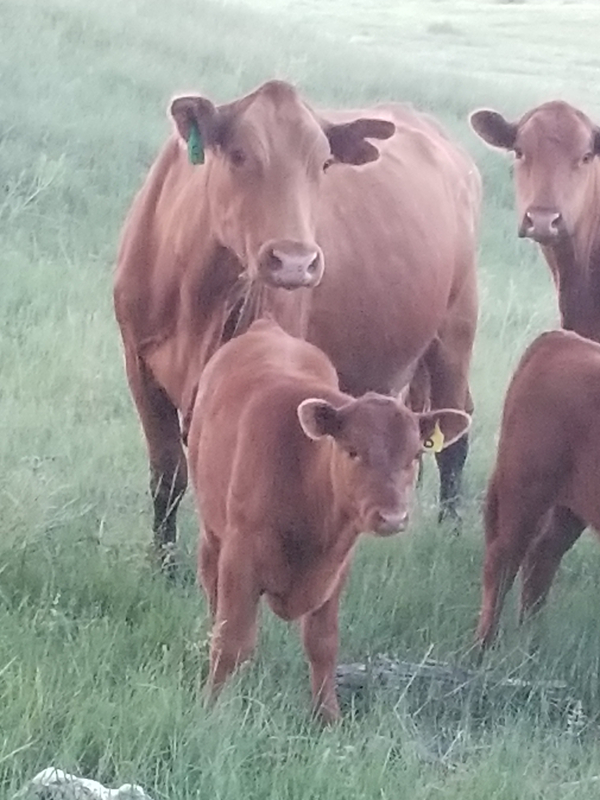
The stocking rate is defined as the land area allocated to each grazing animal for a specific length of time.
Stocking rate influences:
- How well plants recover from grazing season
- Future forage production
- The quality of available forage
- Animal performance
- Long-term change in species composition
For rangeland to remain productive, the stocking rate must be matched to the carrying capacity of the specific range site.
For range grasses and forbs to maintain healthy plant root systems a rule of thumb must be followed. Graze 50% of available production and leave 50% of available forage.
When determining the stocking rate, only palatable species should be considered. If unpalatable species are included when determining the total forage production of a pasture, overuse of the palatable species may occur. By leaving sufficient leaf area, plants can produce enough food stuffs for current growth and rebuild plant roots.
Highly palatable species include eastern gamma grass, big bluestem, Indian grass, little bluestem, and sideoats grama. Switchgrass, blue grama, and buffalo grass will be grazed less when more palatable species are present. Western wheat is palatable in early spring but rarely grazed during late spring and summer. In the fall new growth again makes it palatable.
There is an optimum season of use for every combination of plant and grazing animals. Vegetative plant growth prior to seed stalk development is the period of highest nutritional quality and best animal performance. There is a time during a plants growth cycle when grazing pressure should be reduced. Each growing season, approximately one-third of the root system must be replaced by new growth due to losses due to root pruning, shrink-swell of the soil, and diseases. Under heavy grazing pressure new root growth may stop and existing roots could die back even more.
The kind and class of livestock influence the stocking rate. Different animal species prefer different forages. Cattle diets consist primarily of grass. Sheep tend to prefer forbs over grass. Goats and deer diets contain large amounts of browse compared to cattle and sheep diets. When determining stocking the rate the AUM is used. An AUM (Animal Unit Month) is based on a standard animal, which is a 1000 lb. cow that grazes 6 months and weans a 400 lb. calf. One AUM is the amount of forage intake for 30 days or approximately 750 pounds of dry forage. Forage intake varies by cow size and calf size.
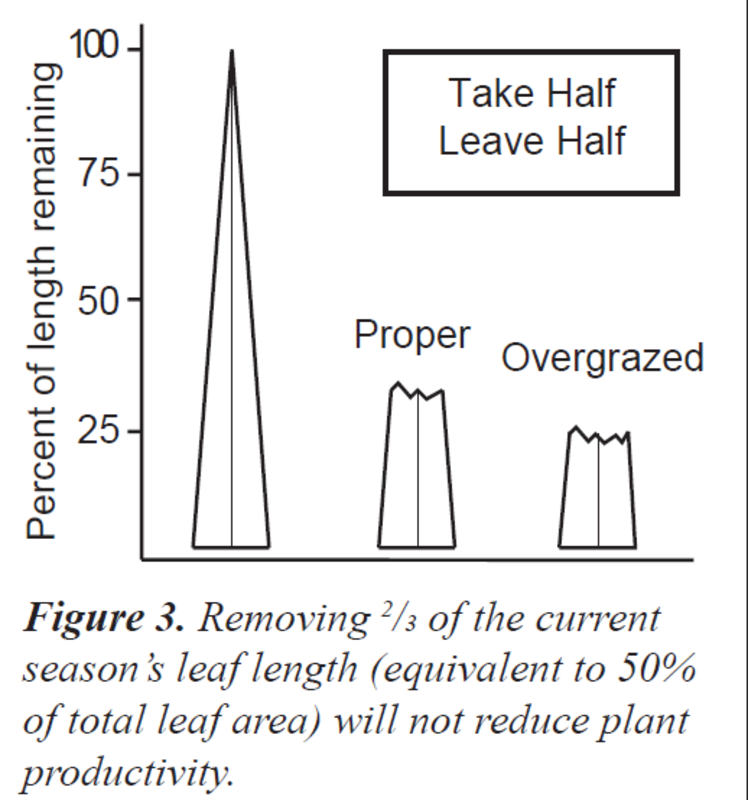
A rotational grazing system is much more beneficial to rangeland health and profitable production of beef on rangeland. Having a rest-rotation system with multiple pastures for grazing is much better than full-season grazing on large pastures. Having adequate water location is critical for managed grazing. Cattle should not have to travel more than 1/2 to 3/4 mile for water. Multiple pastures allow intense grazing with higher stocking rates followed by a rest of 30 to 90 days before returning to the same pasture. The rest-rotation grazing systems have proven that plant health is improved, root systems are better developed, plant species that are overgrazed can recover and the livestock is healthier and more productive.
If you want assistance improving grass range management, please contact your local NRCS Field office.


